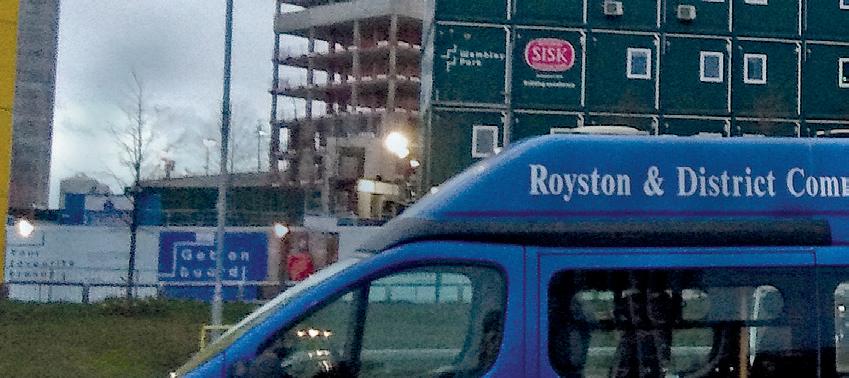
3 minute read
feature
Making a difference

Advertisement
The Impact of Piped Water on Villages Here & There
Imagine the following: people ill due to poor water quality and bad or even absent sanitation; a place with just one well per 80-100 people; almost no running water; very few latrines; a child mortality rate of 15%; and adult life expectancy of 40-42 years. Meanwhile, annual rainfall is no more than 15 to 23 inches.
And where is this? Just down the road in Royston in 1850. But, it is the situation today in less fortunate places of the world. The rainfall rates are comparable; community density is very similar. The problems these communities face –poor water quality and poor access to good sanitation – are the same as Royston in 1850.
So what changed in the UK? Following terrible cholera epidemics in the early 19th Century, a link was established between water quality and illness, namely, water-borne diseases. This was due to pioneering work in London by Dr John Snow. Resultant investment in water supply led to an initial 23% reduction in mortality rates due to cholera and diarrhoea, rising to 48% and an associated increase in adult life expectancy of around 10 years on average. A move to the municipalisation of water works reduced disease rates further between 1869 and 1910.
Working with WaterAid in Nepal some 16 years ago I found this fundamental problem of poor water supply and management. The work examined the legacy of failed borehole projects to identify areas of possible improvement. The focus was on displaced communities in the foothills of Nepal’s mountain region where there had been no hydrogeological planning of boreholes resulting in a high failure rate. These communities faced: poor planning and management of water supply and waste disposal; limited community ‘ownership’ of water sources; and a bias in provision towards more vocal and coordinated, yet less needy groups. Also, equipment was in poor condition because of no maintenance and training failures, allied with difficulty in sourcing spare parts.
Compounding these problems associated with boreholes and pumps, developing action against contamination of springs and wells was also important. Protection reduces contamination by as much as 66% and reduces illness in children by at least 11%. A good adage for farm management both here and there is ‘Take the water to the cow, not the cow to the water!’ The same applies to people as it reduces the risk of contamination, and in dairy cows increases yields by up to 30%!
Water-borne illness, however, is not a feature confined to deprived areas of the world. A contaminated well in 1937, supplying 40,000 people in Croydon, resulted in 341 cases of typhoid and 43 deaths. In 1993, cryptosporidium in Wisconsin, Milwaukee affected 440,000 and caused 110 deaths. More recently, cryptosporidium was found in 2008 in the Pitsford Works Reservoir in Northampton.
So the lessons for ‘Villages Here and Villages There’ are the same: good water hygiene is vital for health; the protection of water supplies is crucial; the management of water supplies is essential as is the management of water resources. We should all be aware of these issues and advocate – loudly and long – on behalf of those who are today still without access to clean water and proper sanitation. Tim Baker Principal Hydrogeologist & Managing Director B.A. Hydro Solutions Limited, Shepreth An edited version of a talk delivered in Royston Museum in March 2019












